Fast radio bursts
Radio bursts from billions of light years away reveal secrets of the universe
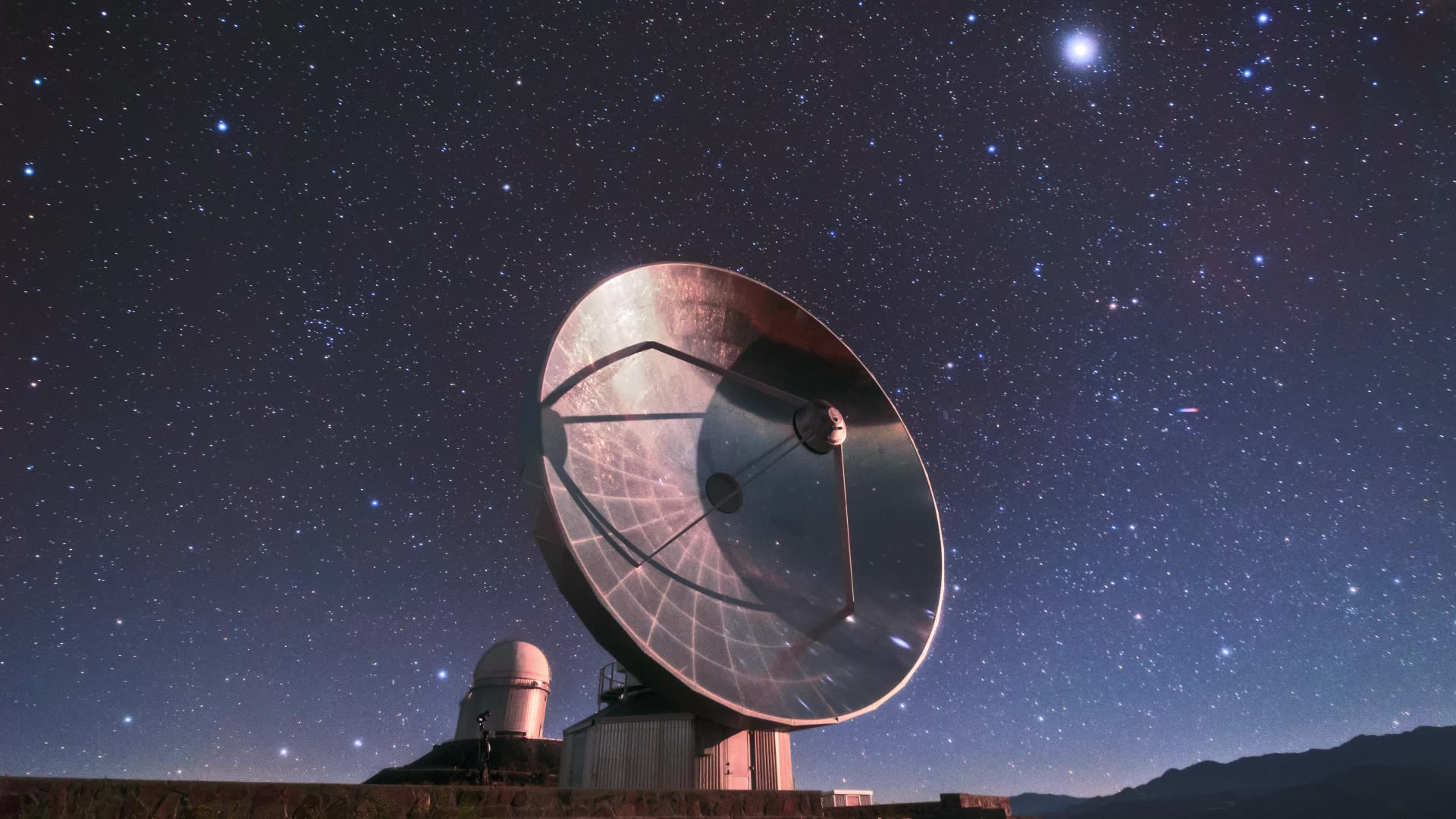
No one knows what causes them, but they may help us map the universe down to its furthest reaches: fast radio bursts. Bright flashes travelling across galaxies, their origins shrouded in mystery but suspected to be unprecedentedly powerful sources billions of light years away. The University of Amsterdam is a world leader in tracing these flashes back to their source galaxies. And if we can find where they come from, we might also be able to figure out how they came to be and what exactly they are.
Fast radio bursts originate in intense bursts of energy, stronger than that emitted by the sun in three days, but only lasting for a fraction of a second. They reach Earth from all corners of the universe, but by the time they get here they are too weak to be seen (and, anyway, our eyes are not sensitive enough to radio waves). To 'see' the flashes you need a large radio telescope that digitally stores the signal data on a computer.
They reach Earth from all corners of the universe, but by the time they get here they are too weak to be seen (and, anyway, our eyes are not sensitive enough to radio waves).
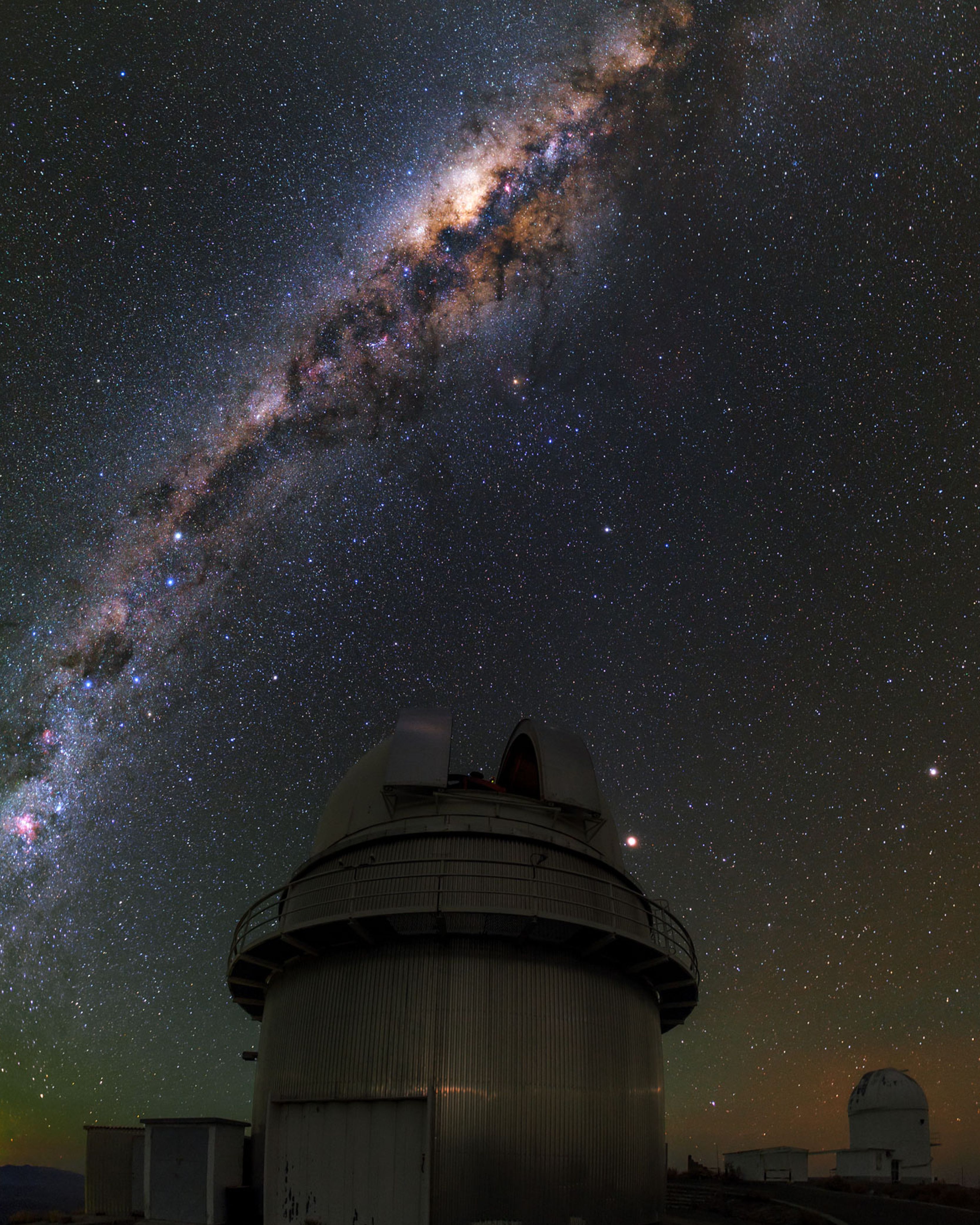
The first radio burst
Fast Radio Bursts were discovered accidentally in 2007. ‘Astronomers were analyzing data from their telescopes and saw a huge spike in the graphs,’ says UvA astronomer Jason Hessels. ‘It couldn't possibly have come from our own galaxy. The signal was too delayed for that, which indicated a great distance.'
They initially sought an Earth-bound explanation for what they were seeing, for example a signal from a radar. ‘The main question was whether the source might have been man-made,’ Hessels explains. Finally, in 2013, it was determined beyond doubt that Fast Radio Bursts were arriving from very far away in the universe. ‘The farthest flash yet measured comes from as many as 8 billion light years away, and the nearest from 10,000 light years away,’ says Hessels.
'It couldn't possibly have come from our own galaxy.'
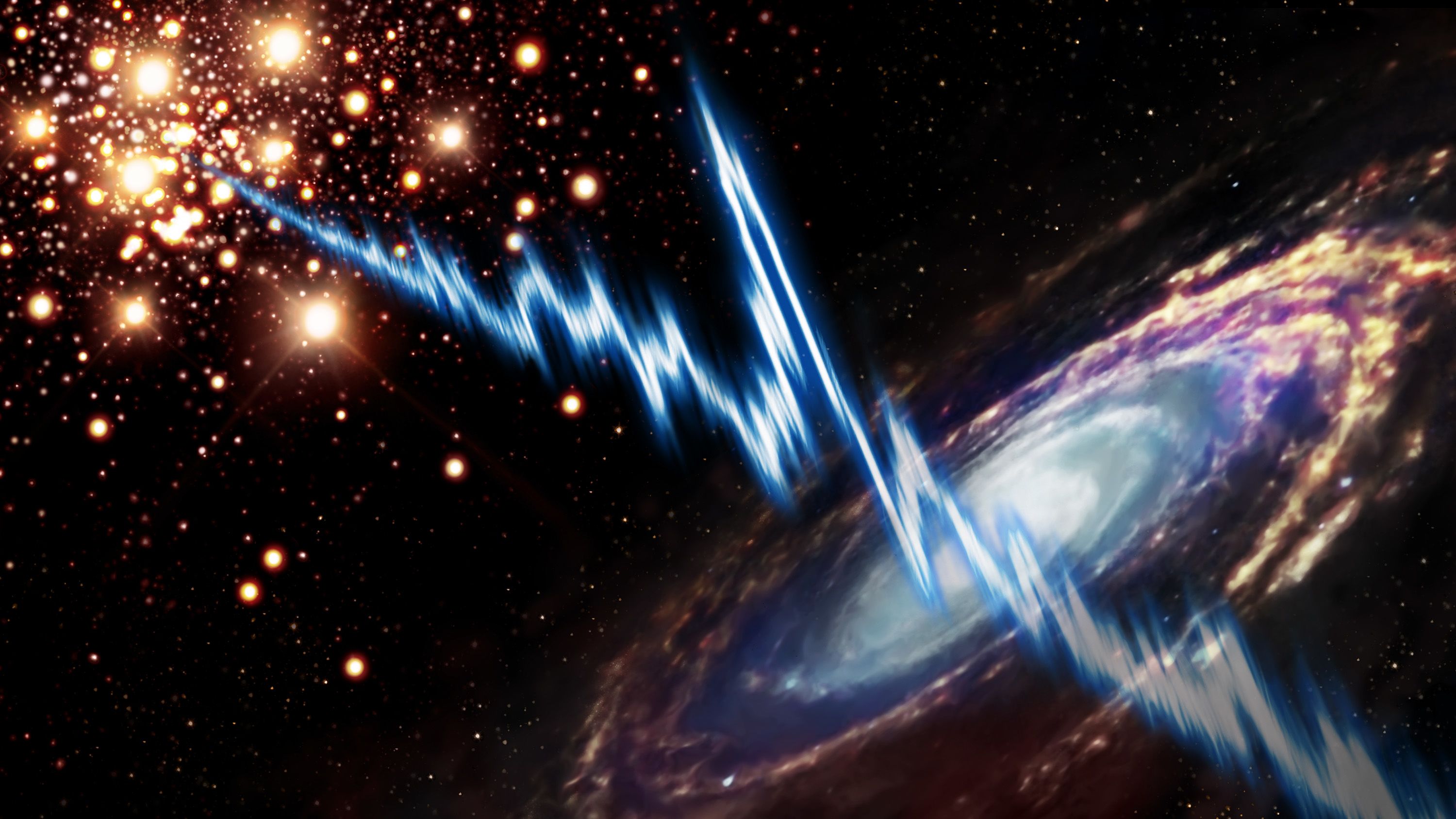
Difficult to track down
Some scientists estimate that we could see as many as 10,000 Fast Radio Bursts every day. 'To be able to see so many, we need a telescope that is as sensitive as the most sensitive one we have now and that can also see the entire sky in one go. And we don't have that yet,’ Hessels explains.
Observing the bursts is therefore very difficult. ‘Because they come from billions of light years away, they lose a lot of energy during their journey,’ continues PhD candidate Omar Ould Boukattine. 'When they reach Earth, they are considerably weakened. The strength of the signal is then comparable to a mobile phone signal from the moon.'
Weakened
And not only have they weakened, but there is also no way to predict when we might observe one. ‘Many only make themselves heard just once, while those we do observe several times are extremely irregular,’ says Omar. ‘It's like panning for gold,’ Hessels adds. You have no guarantee that you will discover anything.’
'We now suspect that they could be coming from magnetars,' says Jason.
The enormous amount of energy it must take to produce a Fast Radio Burst gives a clear hint where they come from. 'We don't often find such sources in our own galactic neighbourhood. We now suspect that they could be coming from magnetars,’ says Hessels.
'That is a neutron star with an enormous magnetic field, a trillion times stronger than the sun. We only know of about 30 magnetars in the Milky Way, the nearest of which is thousands of light years away. We know that one of those magnetars is the source of a fast radio burst, but that burst is about 100 times weaker than most others.’
Illuminating the universe like a torch
Fast radio bursts come from far away and travel through and between galaxies that we cannot reach and cannot see. ‘During this long journey, the lower frequencies of the signal are disturbed by the matter they encounter, such as gas clouds,’ explains PhD candidate Akshatha Gopinath. 'This causes the low frequencies to slow down compared to the high ones and they begin to slowly diverge.'
‘Once they reach Earth, we can determine how far they have come and what cosmic environments they have travelled through. The more the high and low frequencies diverge, the further the signal has travelled,' continues Gopinath. This makes them valuable - and free - tools for mapping the universe. ‘No space rocket can compete with that,’ Omar adds.
You can almost compare it to a torch in the fog. You see the mist when you shine your torch on it, but it disappears as soon as you turn off the light. Fast radio bursts are a torch that allows us to see normally invisible matter such as gasses, the source of future stars.
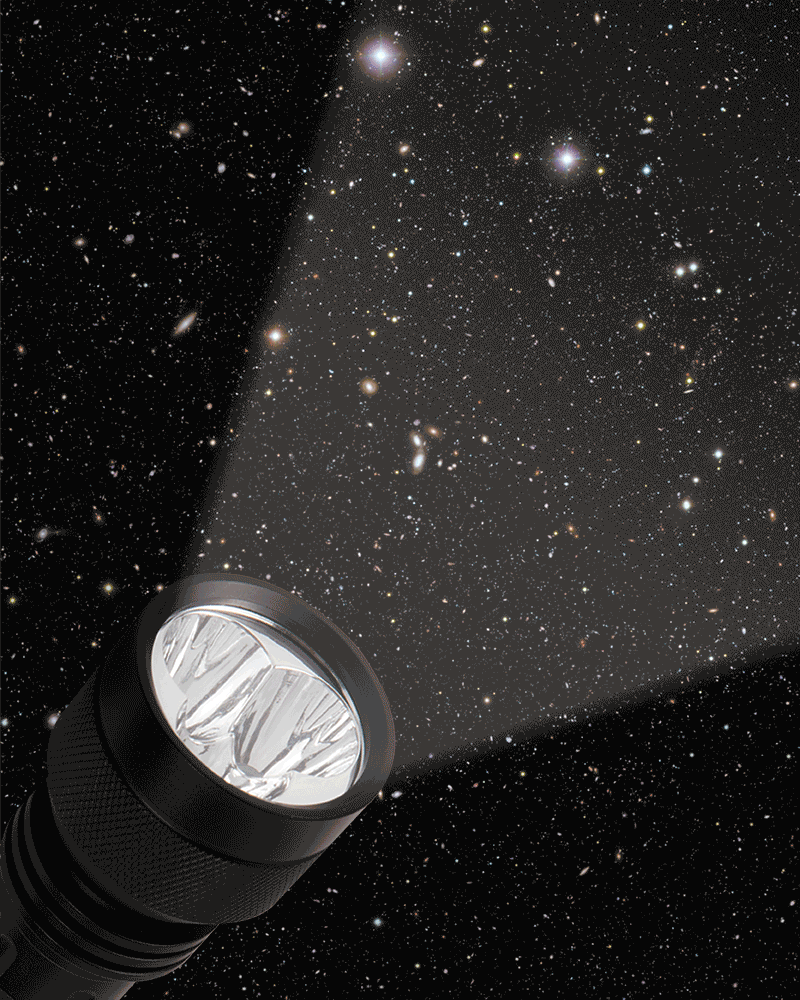
UvA is a world leader
in fast radio bursts
The UvA plays a crucial role in global research into fast radio bursts. ‘We use networks of telescopes that can be connected to each other to look for flashes from repeating sources,’ says Hessels. ‘We are able to indicate very precisely the direction from which the signal comes.’
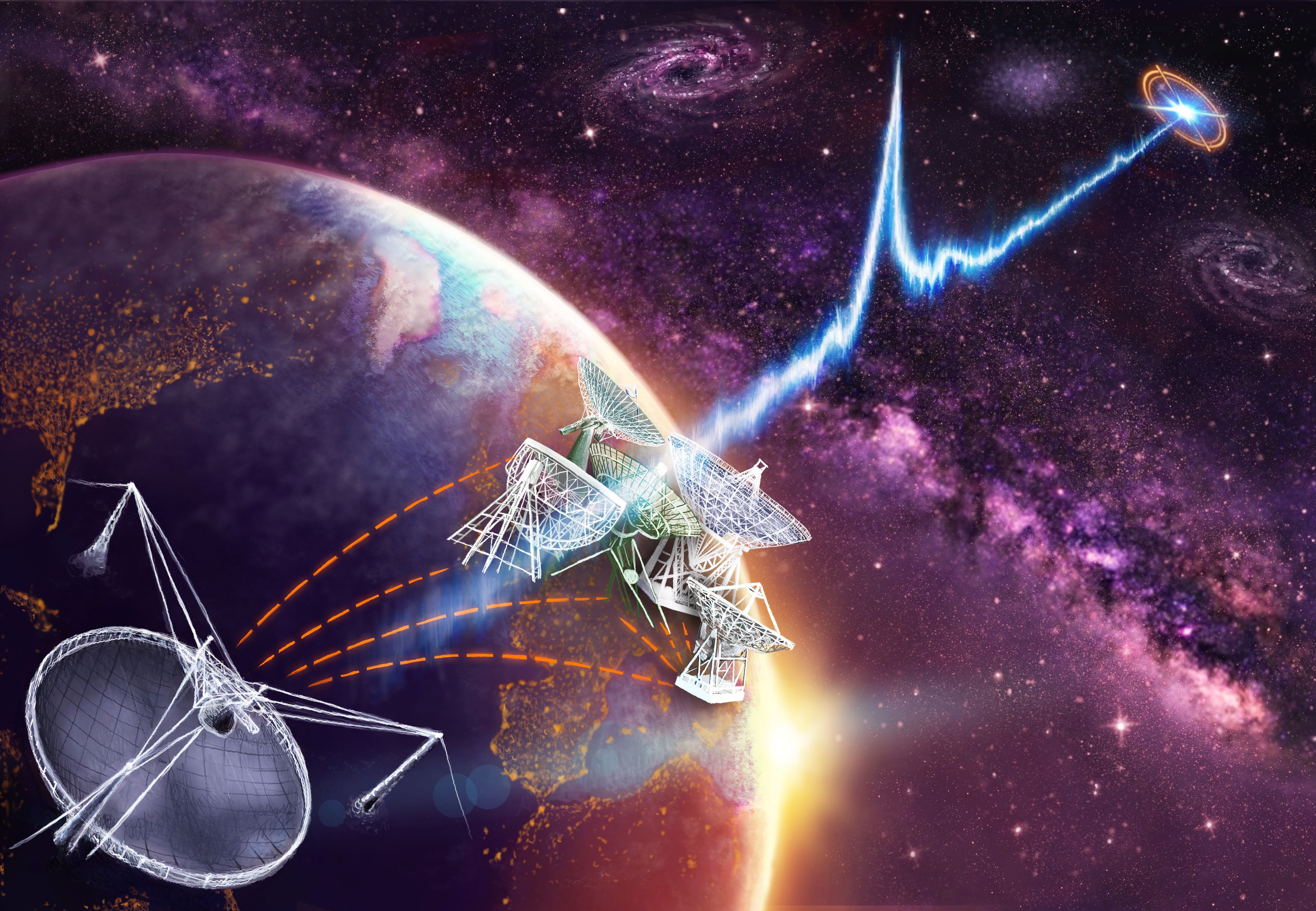
Are we alone?
But could the bursts also have been created by extraterrestrial life? 'As a scientist, I cannot say with 100% certainty that that is not the case. But that being would have to take so many steps to send out this specific signal that we consider it quite impossible,’ says Boukattine.
‘It would take a lot of effort to make the source artificially,’ Hessels adds. 'Why would you then make it so chaotic and complex and pack so little information into the signal? It’s far more likely that the simplest explanation is the correct one: fast radio bursts come from a natural source of which there are many in the universe.'
Will we ever know?
Thanks to the rapid pace at which telescopes are developing, including through the use of AI, we are learning more and more about fast radio bursts. ‘We keep encountering things we didn't expect,’ says Gopinath. 'For example, a new telescope in Canada can see a thousand times more sky per measurement than the previous generation.' But it remains uncertain whether we will ever discover what exactly the source of the bursts is. 'Above all, fast radio bursts are an incredibly useful tool for discovering things we cannot see. Even if we never find out how they are made,’ Boukattine concludes.
UvA Onderzoekers
Akshatha Gopinath
Akshatha Gopinath mainly investigates the lower frequencies of fast radio bursts. ‘The low frequencies help us to map the more subtle effects, because they are most disturbed on their route by everything they encounter. We recently studied a signal that repeats itself regularly: flashes from the same source every 16 days.'
Omar Ould Boukattine
Omar uses a relatively small 'everyday' telescope to look for the higher frequencies of fast radio bursts. 'Some are bright and strong enough to be captured with a small telescope. The advantage is that I can search for signals 24/7, because I don't have to book expensive time at one of the bigger telescopes. I basically buy all the lottery tickets there are and hope for a prize.'
Jason Hessels
Jason Hessels directs the research group which is trying to unravel the source of fast radio bursts. Using large radio telescopes, he explores the astrophysics of objects and phenomena that are among the most energetic in the universe.
More about Astronomy
Stargazing
UvA scientists love to discuss their discoveries and fascination for the universe. To do so, they regularly organize public events like tours of the observatories, stargazing nights, and lectures by experts.
Anton Pannekoek Institute for Astronomy
The Anton Pannekoek Institute (API) furthers research, teaching, and public understanding of astronomy. It conducts astronomical research and trains astronomers from bachelor to postdoctoral level, aiming to be world-leading level in its activities.
All images by ESO
Artwork by Daniëlle Futselaar
© Universiteit van Amsterdam










